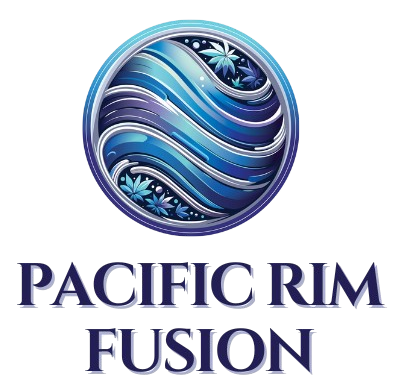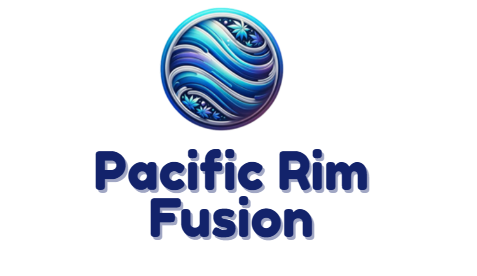Navigating the world of cannabis can feel like deciphering a new language. From the fibrous stalks of hemp to the wellness wonders of CBD and the evolving landscape of recreational cannabis, the terminology and applications can be overwhelming. Are they all the same? What are the key differences, and how do they impact you? If you’ve ever felt lost in the leafy lexicon, you’re not alone. This guide aims to cut through the confusion and provide some leaf logic, offering a clear and concise understanding of hemp, CBD, and recreational cannabis, helping you make informed decisions in this dynamic and increasingly accessible world. Let’s unravel the nuances and shed some light on these fascinating facets of the cannabis plant.
Hemp’s Industrial Strength and Beyond
Often overshadowed by its more psychoactive cousin, hemp is a powerhouse of potential with a rich history. Legally defined as cannabis with less than 0.3% THC (tetrahydrocannabinol) on a dry weight basis, hemp is cultivated primarily for its fiber, seeds, and non-psychoactive cannabinoids like CBD. Its robust fibers are used in textiles, construction materials (like “hempcrete”), and even bioplastics, offering sustainable alternatives to traditional resources. Hemp seeds are a nutritional goldmine, packed with protein, omega-3 fatty acids, and essential minerals. Furthermore, hemp is a significant source of CBD, making it a crucial component in the burgeoning wellness industry. Understanding the industrial strength and versatility of hemp reveals its importance beyond just cannabinoid extraction.
- Actionable Insight: Explore products made from hemp fibers as eco-friendly alternatives to conventional materials. Consider incorporating hemp seeds or hemp protein into your diet for a nutritional boost.
Decoding CBD: Wellness Without the High
Cannabidiol, or CBD, is a naturally occurring compound found in both hemp and cannabis plants. Unlike THC, CBD is non-psychoactive, meaning it won’t induce a “high.” Instead, research suggests that CBD may offer a range of potential wellness benefits, including promoting relaxation, managing stress, and supporting healthy sleep cycles. It’s available in various forms, such as oils, tinctures, edibles, topicals, and capsules, catering to diverse preferences and needs. The market for CBD products has exploded in recent years, driven by increasing awareness and anecdotal evidence of its therapeutic potential. However, it’s crucial to source high-quality, third-party tested CBD products to ensure purity and potency.
- Actionable Advice: If you’re considering using CBD, start with a low dosage and observe its effects. Consult with a healthcare professional, especially if you have underlying health conditions or are taking other medications.1 Always check for third-party lab reports to verify the product’s contents.
Recreational Cannabis: Exploring the Psychoactive Realm
Recreational cannabis, on the other hand, refers to cannabis varieties cultivated for their higher THC content, the primary psychoactive compound responsible for the “high” associated with marijuana. The legal landscape for recreational cannabis varies significantly across regions, with some countries and states fully legalizing its use for adults, while others maintain strict prohibitions. Where legal, recreational cannabis is often available in dispensaries offering a wide array of products, including flower, edibles, concentrates, and topicals, each with varying levels of THC and other cannabinoids. Understanding the potency and potential effects of different recreational cannabis products is crucial for a safe and enjoyable experience.
- Insight: If you reside in an area where recreational cannabis is legal, familiarize yourself with local regulations and responsible consumption guidelines. Start with low-THC products and understand your tolerance levels. Be mindful of the different onset times and durations of various consumption methods, especially edibles.
Navigating the Cannabis Conundrum
The distinctions between hemp, CBD, and recreational cannabis are fundamental to understanding the diverse applications and legal frameworks surrounding the cannabis plant. While all originate from the same species, their cultivation, chemical composition, and intended uses differ significantly. By grasping these key differences and applying some leaf logic, consumers can navigate this evolving landscape with greater clarity and confidence, making informed choices that align with their individual needs and preferences.
Now it’s your turn! What aspects of hemp, CBD, or recreational cannabis are you most curious about? Share your thoughts and questions in the comments below!



